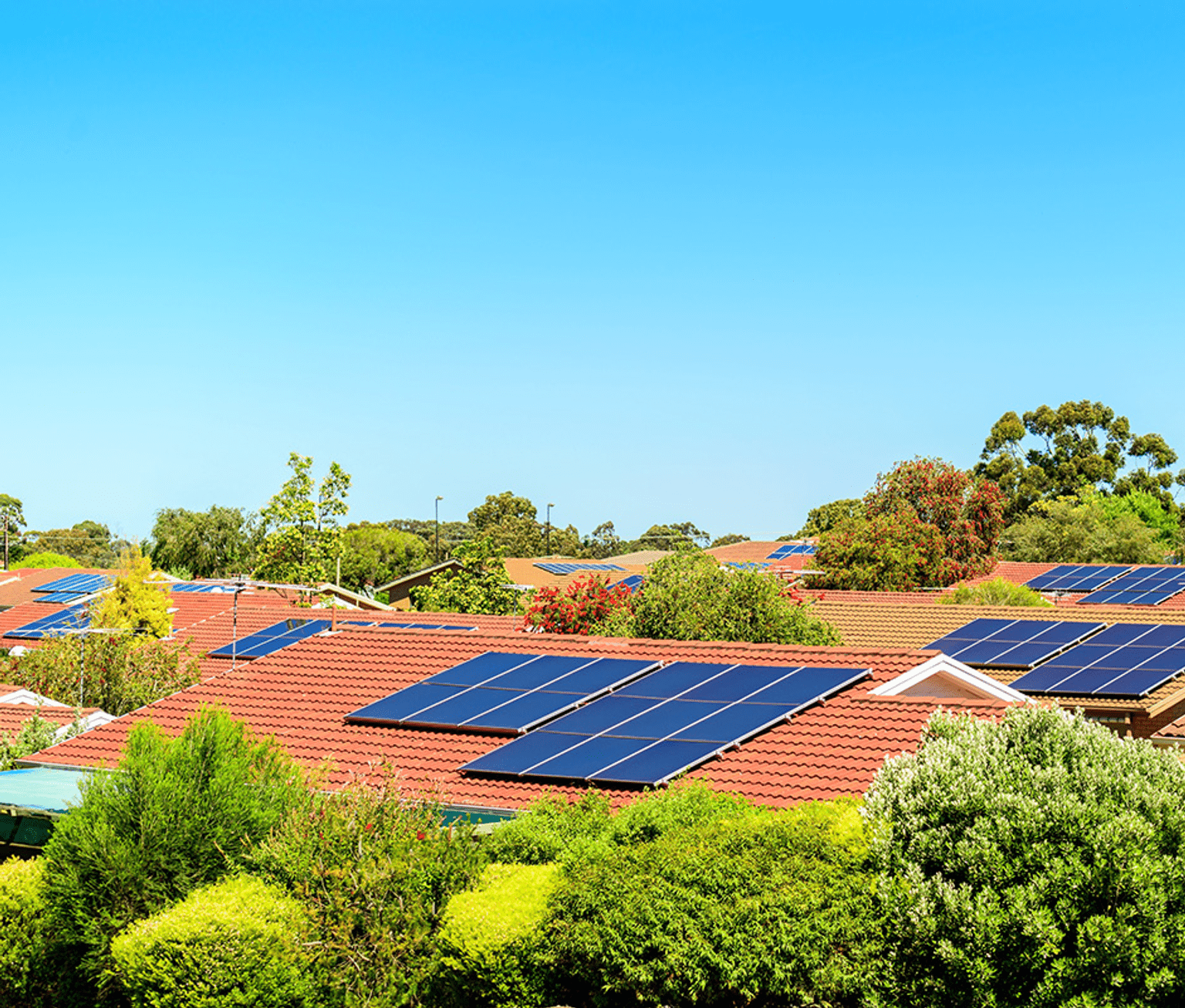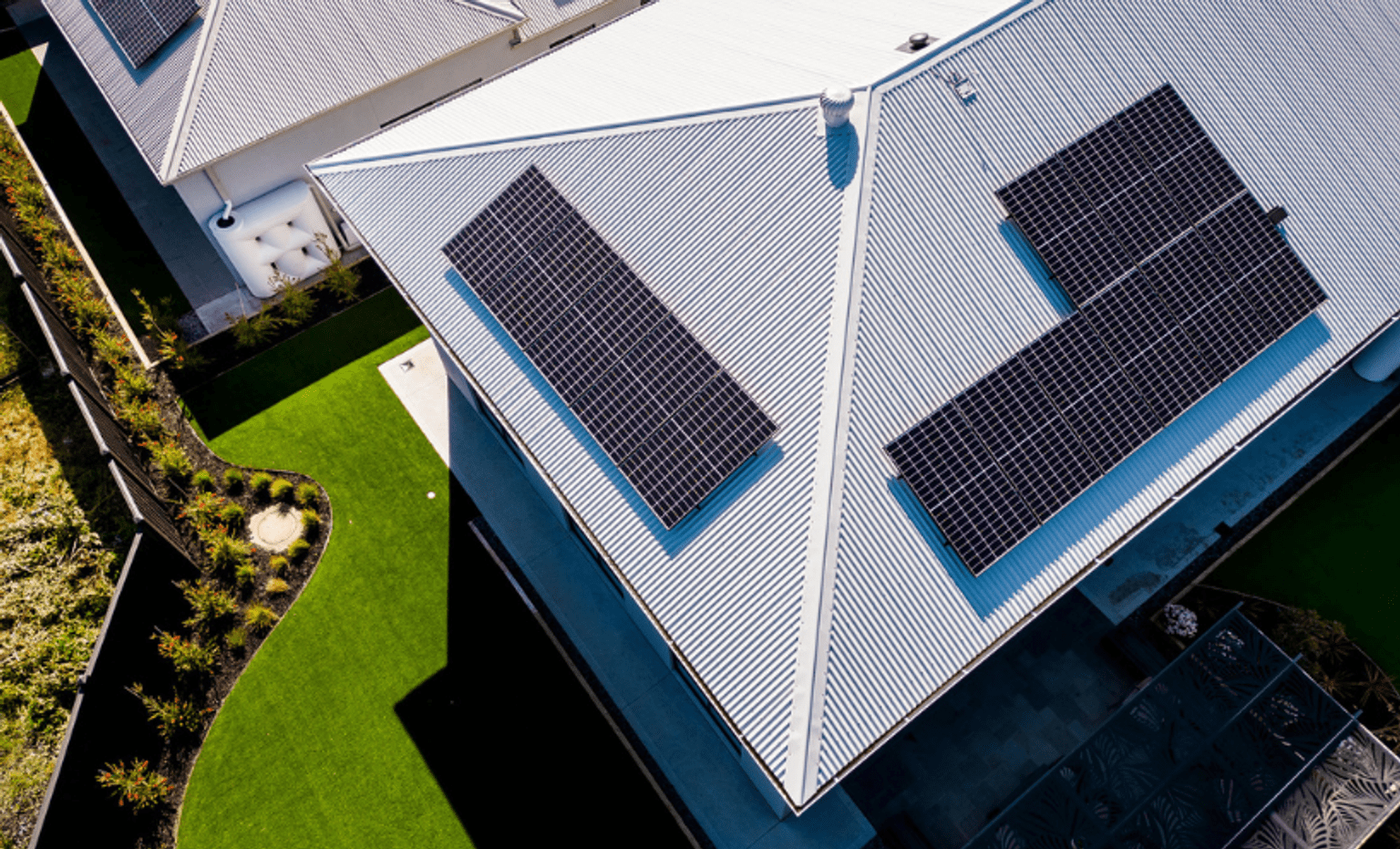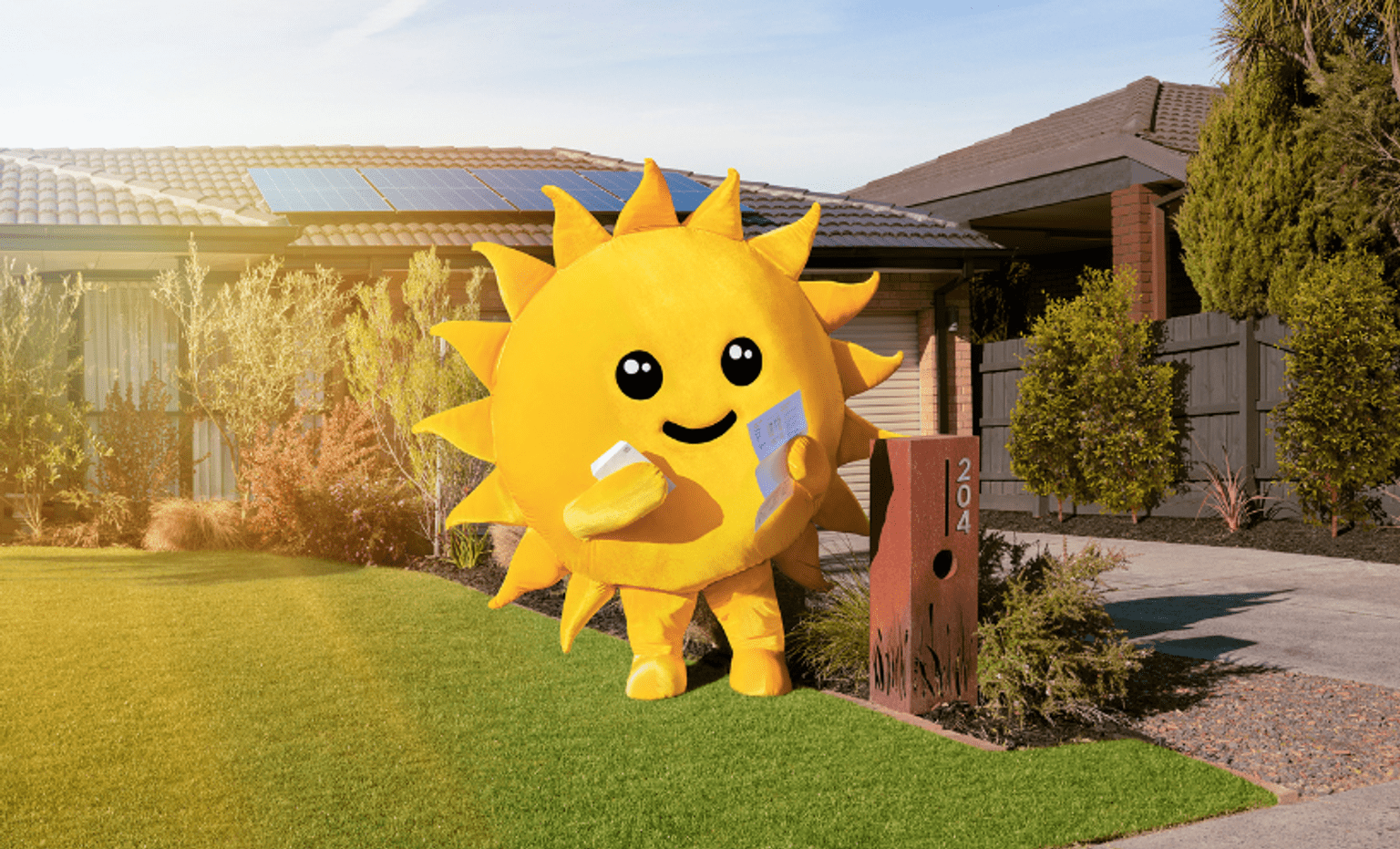Household energy use, for example, will determine for instance household energy use will determine what size system you need.
Get the right advice
Remember to seek out independent advice to plan your system. Non-profit organisation Renew offers a range of advice services to anyone looking to invest in energy saving systems for the home.
The Victorian Government also has a range of programs and initiatives to help households plan for their energy needs. Visit the Victorian Energy Saver website for more details.
Work out how much energy you use
Your household electricity use is recorded on electricity bills measured in kilowatt-hours (kWh). Look for a figure that gives average daily usage, and review as many bills as you can to see how this figure varies throughout the year.
Your Smart Meter records your electricity usage every half hour, and this data can give you a much more detailed view of your electricity usage, including how it varies at different times of day and on different days of the week. You can download a spreadsheet of your Smart Meter data from your electricity distributor – however unless you know how to use spreadsheet software (such as Microsoft Excel) to understand what the data can reveal, it may not be useful to you. Fortunately, all the Victorian electricity distributors have online portals that you can log in to and see detailed information about your electricity usage displayed in an easy to understand form.
The distributor is the company that owns the poles and wires in your street and transports the electricity to your home. This is the business you call to report faults and emergencies and is different to your electricity retailers who sends you your bills.
To find out which distribution network you are in, you can look on the back of your electricity bill or go to the Electricity Distributors section of Victoria’s Energy website.
The four Victorian distribution network web portals are:
Energy advice businesses may also use your smart meter data to give you advice about your usage, or to help you plan a solar PV system.
It’s worth also reviewing your gas bills. If your gas use is high then, over time, inefficient gas appliances can be replaced with modern electric ones to make the best use of your solar electricity system, but this means your electricity consumption will be higher.
When planning a solar electricity system for the home it’s useful to know how much energy is used by certain appliances as well. You can use this information to consider replacing older ‘energy guzzling’ appliances, right through to what time of day you might use these appliances, to make the most of the solar electricity generated.
You can use an energy meter such as a PowerMate Lite or Reduction Revolution Plug-in Power Meter to measure the electricity used by certain appliances. Likely problem appliances include old fridges and freezers, older washing machines (especially top loaders if you do warm washes), portable electric heaters such as bar radiators, fan heaters, oil-filled column heaters and panel heaters, older air conditioners, electric hot water systems and pool pumps, which all have more energy efficient alternatives or energy efficient versions on the market now. It’s important to use a good quality energy meter or your readings could be inaccurate, particularly when measuring certain types of loads such as the power supplies in modern electronics.
Examples of household energy culprits and energy use
Halogen downlights are one of the biggest power wasters in the home because they convert nearly all of the energy they use into heat, not light. Replacing 50 watt halogen light bulbs with 10 watt LED bulbs can equate to 80 per cent less energy use for lighting.
This example applies to many appliances in the home and spending a few hundred or even a couple of thousand dollars on more efficient appliances could save you a great deal more than this in energy costs.
As an example, you might monitor your fridge for a week using an energy meter and find that it’s using 4 kWh per day. This is a lot for a domestic fridge, so it might need to be repaired (it might just have damaged door seals or need regassing), cleaned (it might be full of dust at the back) or replaced.
For loads that you can’t monitor directly with an energy meter, such as ceiling lighting and fans, energy use can be worked out with a simple calculation. For example, a 50 watt light used for four hours per day will use 200 watt-hours per day or around 1.4 kWh per week.
Improving energy and thermal efficiency at home
Planning an all-electric home
Some households might plan to switch off their gas supply entirely and go all-electric at home. This saves on gas supply charges and means that more appliances in the home can use solar-generated electricity. An all-electric home benefits if the solar panel (PV) system is sized appropriately to cover most electricity use, although any shortfall can be made up with electricity from the grid. All-electric homeowners pay careful attention to efficiency, including the selection of efficient electric appliances such as reverse-cycle heating and cooling and heat pump hot water systems.
A battery system can further reduce electricity bills by storing excess solar to run electric appliances at night, but before taking this step you should figure out whether the cost of buying and installing the battery, and the foregone feed-in-tariffs, will be lower than the money you will save on bills. If going all electric is something that interests you, visit Renew’s Efficient Electric Homes to find out more.
Working out the right-sized system for your home
This is where you take all the household energy use information gathered, as well as any plans you have to go all-electric to work out what size system suits your needs.
Shading can impact the performance of your panels. It is important to work with your installer to design a system where shading has minimal impact.
Siting considerations
The company you engage for your solar purchase should do an on-site analysis to ensure your site is suitable for solar panels. The following advice will help you get the most out of your solar installation.
Updated





